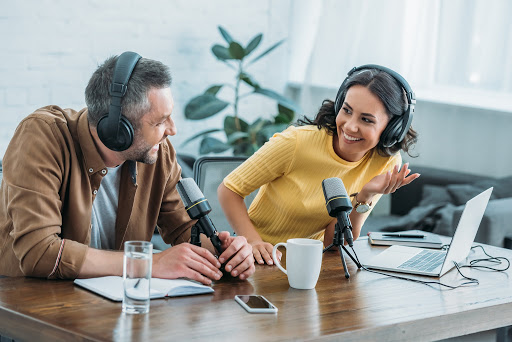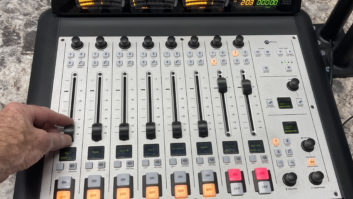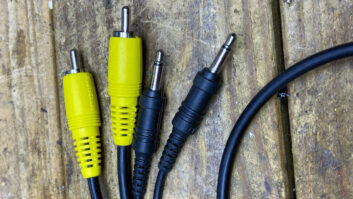The author is with Telos Alliance.
Processing is as important for podcasts as it is for live radio. However, your challenges and your goals are going to be slightly different.
Radio needs to have that larger-than-life sound to stand out. It’s broadcasting and the challenges are much different.
Just for starters, processing for FM has to take into consideration pre-emphasis, limiting, stereo pilot and multi-path. Most radio stations are a combination of music and voice, and the processing needs to bring out the best in both. Consider the amount of time a lot of processing gurus spend listening to one clip from one song to make sure that the cowbells really sound like cowbells when the radio listener hears it (yes, I am talking about Omnia founder Frank Foti).
The processing also needs to be adjusted for a wider variety of content and voices than a podcast.
Could you have the same processing preset for both an FM radio station and your podcast? Not really, because you will not have pre-emphasis or a final clipper to deal with.
But just as many radio stations have managed to get their streams having similar sonic signatures for their FM and streams, developing a core processing recipe for your podcasts and your FM station can and should be a goal.
After all, if your listeners love your radio station and they recognize the same sonic signature on your podcasts, you already have a fan.
One thing both have in common is the objective: To make sure the listener stays with you and loves your sound. Here are five tips to process your podcasts that will do just that.
#1 Test Your Podcast’s Processed Sound in a Variety of Environments
The other thing podcasting and radio have in common is that you don’t know where your listener is doing the listening. It may be in a car, using earbuds on public transportation, or at home, whether it be on an FM radio or smart speakers.
For both FM and podcasting, you have to create a sonic signature that works across all devices and environments. And we highly recommended that you test your podcast’s processed sound across a variety of devices.
We learned from many years of experience that what may sound great in one environment doesn’t always translate to others. In other words, don’t listen on the most beautiful speakers you have and think “Eureka!” The person listening on a really small smart speaker may not have the same experience at all.
#2 Process Based on Voice
Most podcasts are voice-only with only occasional music beds. A podcast should be processed depending on that voice. The processing adjustments you make will be to try to make the voice sound as good as it can.
This is critically important to keep in mind. The podcaster may have a great story but not the greatest voice, and processing can be used to add a bit more “oomph” to that voice or get rid of issues with over sibilance. What type of mic the podcaster uses can also affect how you process the audio.
#3 Consider Your Format and Audience
Your podcast’s desired sound also depends on what type of podcast you are producing.
A fast-paced podcast geared towards a young audience including lots of music beds can be processed very aggressively. But even at that, if you are going to maximize the loudness, it will need to be at a lower loudness level overall, because it will need to fit in with the rest of the content on a smart speaker or other podcasts. Very little irritates people more than audio content that is much louder than other content.
Using that same aggressive type of audio processing on a cooking show geared towards a more mature audience is a mistake. That audience doesn’t need to hear something über-compressed. Your goal with that type of show is probably a much more open sound.
#4 Podcast Processing & Audio Codecs
Processing for podcasting is similar to processing for streaming. You do not have the same issues you need to deal with in FM processing.
Both podcasts and streams do have the challenges of audible artifacts caused by audio codecs as well. The good news is that you do not have to deal with a final clipper which can cause issues with audio codecs.
#5 Get Intimate with Your Audience
It is also worth considering that podcasting by its nature is a much more intimate one-on-one experience. It is a podcaster sharing information or a story with its audience one at a time. Often people are listening on ear buds. Processing needs to have that intimate feel.
For more on this topic, see the Telos Alliance webinar “Podcast Audio Quality.”
Also read the new Radio World ebook “Trends in Processing for Radio” at the Radio World Resources page.








